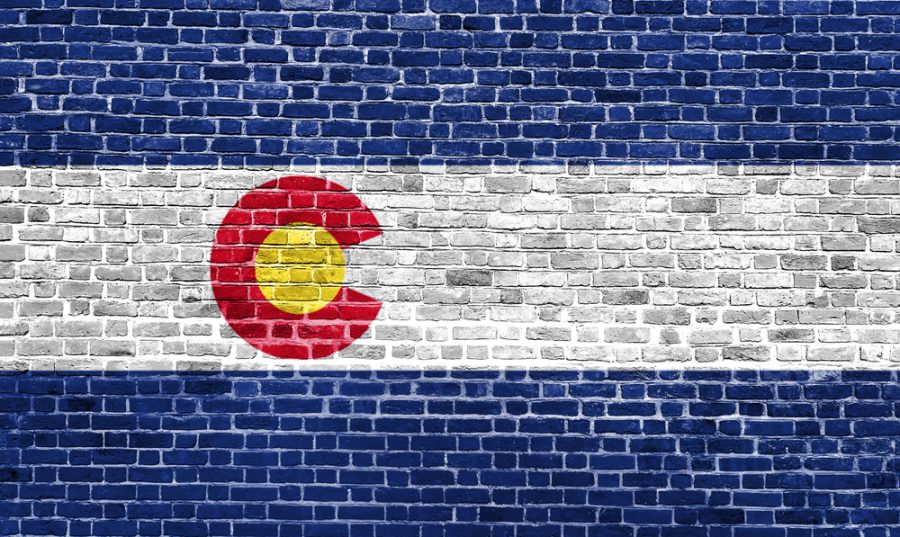An earthquake in Manhattan? Bet you didn’t have that on your 2024 bingo card. Yet on April 6, a 4.8-magnitude earthquake sent people scrambling outside their homes and offices, not just in New York but throughout the larger Northeast, spanning as far south as Philadelphia and as far north as Boston. Of course, earthquakes are typically a West Coast phenomena, but as millions can now testify to first hand, there is a fault line running through northern New Jersey as well. This Ramapo fault line caused the strongest earthquake the region had felt in over 100 years, with a number of smaller aftershocks keeping everyone on their toes.
Are there any subrogation opportunities arising from natural disasters like earthquakes, particularly in a region not anticipating them? Certain natural disasters such as earthquakes, floods, landslides and sinkholes are usually not covered under a standard home insurance policy. Earthquake insurance is typically a separate policy available for purchase. Following this most recent and unusual East Coast earthquake, damage at first glance appeared to be limited in the major cities nearest the earthquake. Current building codes have strong protections for earth movements and likely insulated many high-rise buildings from damage. Following the earthquake, and at least one significant aftershock, major cities like New York asked contractors to inspect work sites for possible damage to buildings, cranes, scaffolding and other equipment that may have shifted during the quake.
To the extent that there is a payment made on a claim for earthquake damage, the most likely circumstance giving rise to potential subrogation would be any incoming claims involving damage due to a contractor’s failure to properly maintain a building or active construction site. Poorly maintained buildings and older structures are also uniquely susceptible to earthquakes. While design codes since the 1990s have been updated to fortify newer buildings, homes and offices built before that may have suffered damage. News reports noted damages to both residential properties throughout New Jersey and at least one school building in New York. However, given the sudden and unanticipated nature of earthquakes – especially in a region that only experiences them every hundred years or so – one key issue will be showing that there was a code violation and/or the contractor had notice of a dangerous condition.






